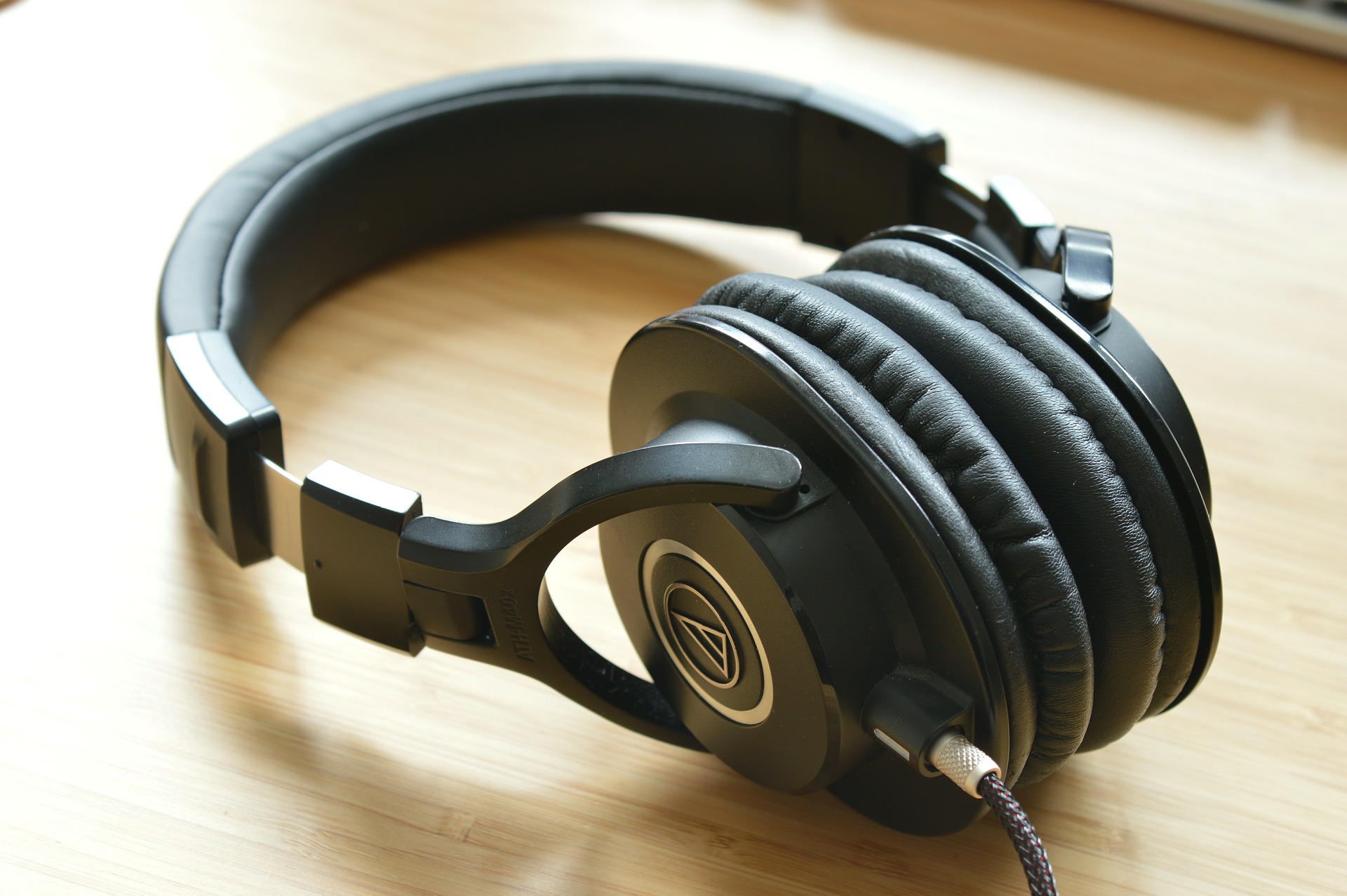Don’t let technology be a mystery – understand the science behind how headphones work! Read this short guide and unlock their power.
Have you ever wondered how headphones work? They’re an integral part of our lives, allowing us to listen to music, podcasts, and more while on the go. But how do they work? Headphones are more complex than they appear, using various technologies to generate the sound we hear.
They consist of two major parts: drivers and earpieces, which work together to create the sound. Drivers produce vibrations that create sound waves, while earpieces act as an amplifier of sorts.
Headphones also use other technologies, such as noise-canceling and frequency division, to provide a high-quality listening experience. In this article, we will explore how headphones work, what technologies are involved, and how they can improve our listening experience.
RELATED: 3 Budget Audiophile Headphone Setups That Will Blow Your Mind!

How Headphones Work: What are Headphones?
Headphones are small audio devices that are worn over or inside the ears. They are used for listening to sound from a variety of sources, such as music, podcasts, movies, and more. Headphones come in a variety of shapes and sizes, from tiny in-ear buds to large over-the-ear models. Headphones can be wired or wireless, using Bluetooth technology to connect to other devices.
Headphones also use other technologies, such as noise-canceling and frequency division (in the case of multi-driver headphones), to provide a high-quality listening experience.
How do Headphones Work?
Headphones are designed to create sound waves that reach our ears. This process is known as audio reproduction. First, the headphones’ drivers create vibrations that travel through the air and reach our ears. These vibrations create sound waves that our ears interpret as sound. Then the earpieces of the headphones act as an amplifier, ensuring that the sound waves reach our ears at the right level.
The drivers of the headphones are responsible for producing the sound we hear. This is done by converting electrical signals from the audio source into mechanical energy. This energy is then transferred to the air through the drivers, creating sound waves.

The headphones’ drivers can be made of different materials, such as paper, plastic, metal, or even wood. The material of the driver will affect the sound quality of the headphones. The size and type of driver will also affect the headphones’ sound. Smaller drivers will produce a more focused and detailed sound, while larger drivers will produce a fuller sound.
After the drivers produce the sound, The earpieces (which usually include the earcups/housings and earpads) of the headphones amplify and direct the sound to ensure it reaches our ears at the right time and level. The earpiece is basically designed to funnel the sound waves from the drivers into our ears. This ensures that the sound is clear and loud enough for us to hear.
Earpieces are typically lined with foam and/or rubber and come in a variety of shapes and sizes. The size and type of earpiece will affect the comfort and sound quality of the headphones.
RELATED: Audiophile Headphones Buyers Guide (2023)
How Headphones Work: Driver Technology
There are two main types of drivers used in headphones: dynamic drivers and balanced armature drivers.
Dynamic drivers use a diaphragm to convert electrical signals into sound waves. This type of driver is typically used in over-the-ear headphones and produces a fuller sound.
Balanced armature drivers use a tiny armature suspended between two magnets to convert electrical signals into sound waves. This type of driver is typically used in in-ear headphones and produces a more detailed sound.
Noise-Cancelling Technology
Noise-canceling technology is a feature of some headphones that use microphones to detect external sounds and produce sound waves that are the exact opposite of those sounds. This cancels out the external sounds, allowing us to enjoy our music or other audio without interruption. Noise-canceling technology is instrumental in noisy environments such as airplanes, trains, and buses.
Frequency Division Technology
Frequency division technology is a feature of some headphones that splits the audio signal into multiple frequency bands. This allows the headphones to reproduce each frequency band separately, creating a more detailed and accurate sound.
This technology uses a signal processor (also called a crossover) to split the audio signal into multiple frequency bands. The signal processor then sends each frequency band to its own driver, allowing the headphones to reproduce each frequency band separately. This creates a more detailed and accurate sound, as each frequency band is reproduced independently.
This technology is commonly used in multi-driver IEMs (also called in-ear monitors), where the signal can be split between as many as twelve (balanced armature) drivers.

Benefits of Headphones
Headphones offer several benefits. They allow us to listen to our favorite music or other audio without disturbing those around us. They can also provide a high-quality listening experience, with features such as noise-canceling and frequency division technology. Finally, they can be ideal for long listening sessions when they have a comfortable and secure fit.
Headphones are also a great way to save space. They are much smaller and more portable than traditional speakers, making them ideal for travel. They are also less expensive than conventional speakers, making them a more accessible option for those building a hi-fi system on a budget.

How Headphones Work: Conclusion
Headphones have become an essential part of our lives, allowing us to listen to music, podcasts, movies, and more while on the go. They have two main parts: drivers and earpieces, which work together to create sound.
They also use other technologies, such as noise-canceling and frequency division, to provide us with a high-quality listening experience. Headphones offer several benefits, from allowing us to listen to our favorite audio without disturbing those around us to providing a comfortable and secure environment for long listening sessions.
More:
Hifitrends is reader-supported. We may earn an affiliate commission when you purchase through links on our site. Prices are subject to change at any time.


Leave a Reply